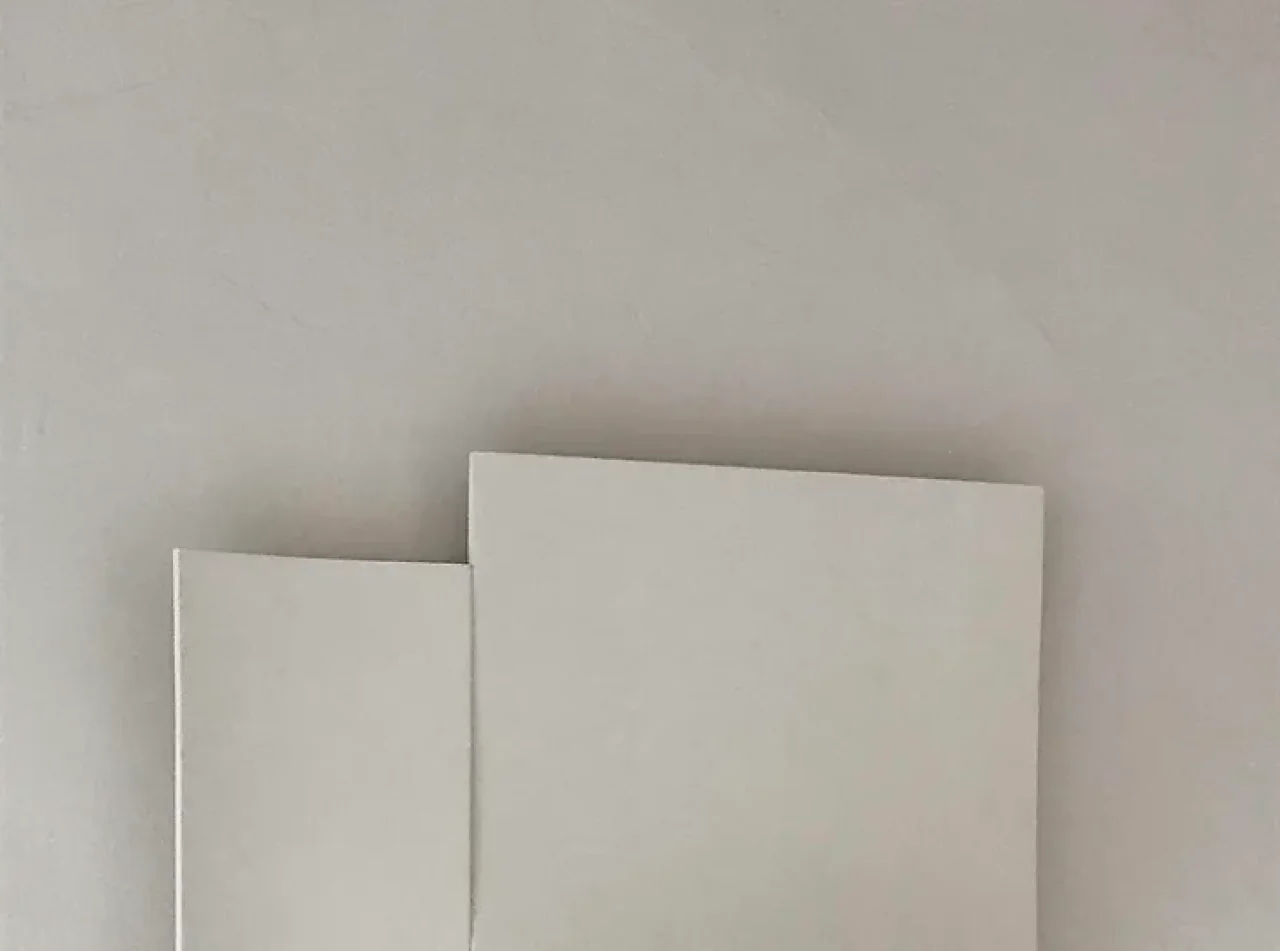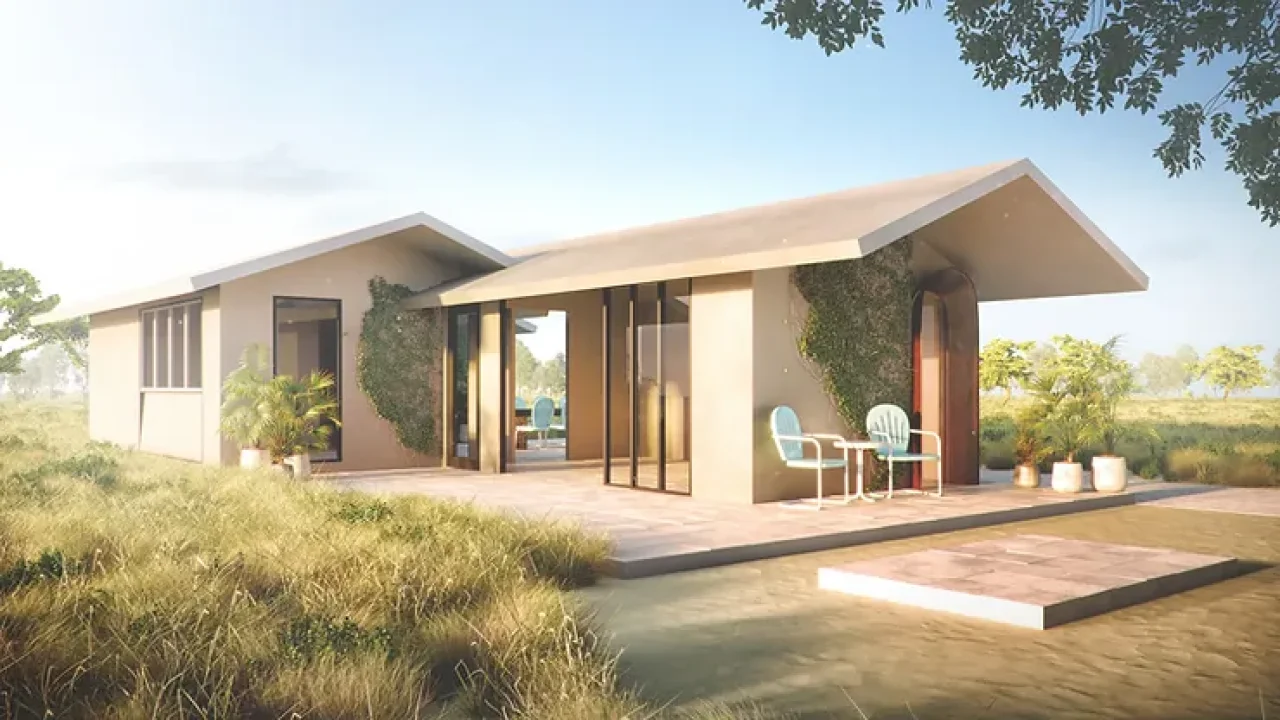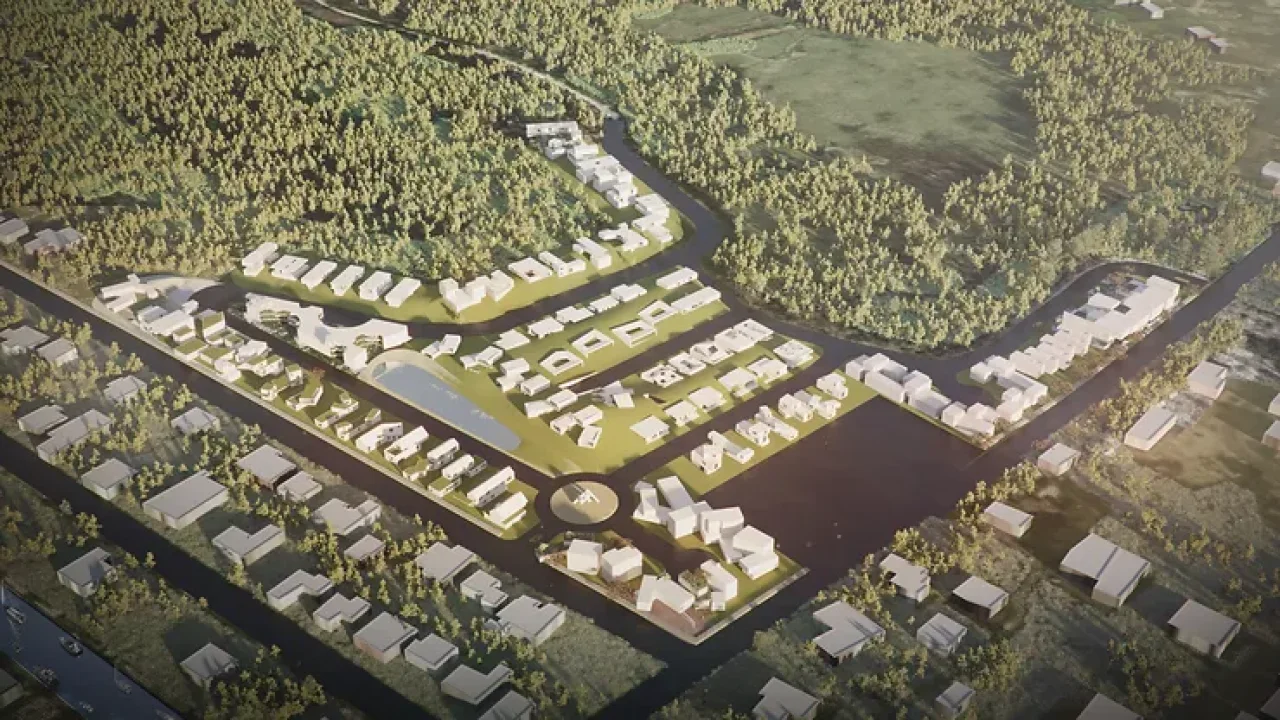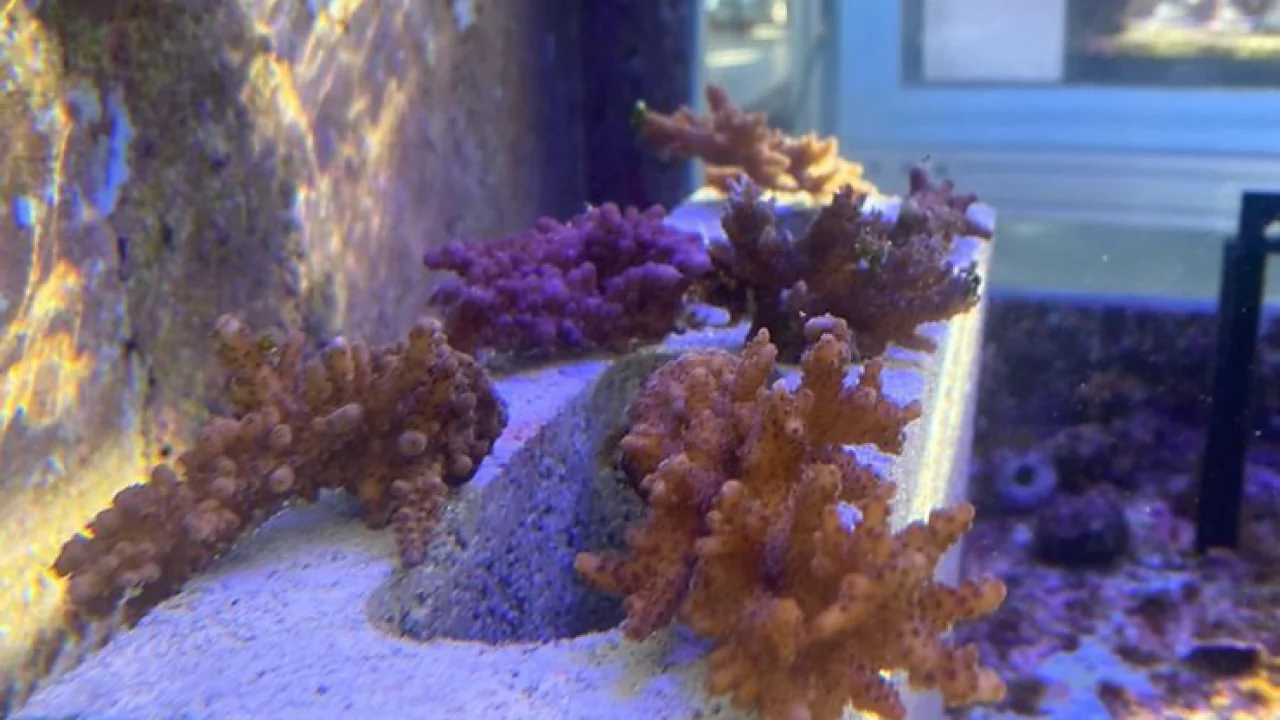Five Uses for Carbon Negative Concrete

With cement alone responsible for approximately 9% of global carbon emissions, carbon negative concrete promises not just an avoidance of these carbon emissions but also an opportunity to absorb existing carbon emissions, holding the potential to revolutionize the construction industry and other sectors.
What is carbon negative concrete?
Carbon-negative concrete, also known as carbon capture concrete or CO2-absorbing concrete, refers to a type of concrete that not only reduces CO2 emissions during its production but also actively absorbs CO2 from the atmosphere over its lifespan.
Construction
Whilst carbon negative concrete’s climate credentials offer enough justification for its use across a wide range of construction projects, Partanna’s unique formula also offers myriad benefits in construction.
With brine used as a key component and activator, carbon negative concrete Partanna actually gets stronger when it is exposed to water making it ideal to use in low-lying areas that may be subject to salt water from flooding. For example, Partanna Bahamas, the world’s first carbon-negative housing development offers affordable homes in areas previously impacted by Hurricane Dorian which destroyed 75% of the homes on Abaco Islands.
In 2023, Partanna completed delivery of 5,000 pavers to the Bretton Woods Recreation Center in Maryland, the first time this technology had been used in the United States.

Carbon avoidance (with carbon negative concrete)
Traditional concrete is made with Ordinary Portland cement – a mixture of lime, silica, alumina and other components, fed into a kiln and heated to approximately 1,500°C. This process requires enormous amounts of energy and the source for this is normally fossil fuels.
Partanna differs as it cures at ambient temperature, producing only a negligible amount of carbon during its production.
So whilst the majority of ‘carbon negative’ concretes achieve this goal by employing carbon capture, sequestration and utilisation - whereby CO2 is captured from industrial sources and fed into traditional concrete mixtures- Partanna actually avoids the emission of carbon in the first place, making it truly carbon negative.
Carbon absorption
A carbon negative concrete such as Partanna doesn’t just avoid carbon emissions, it also offers the potential to absorb carbon from the atmosphere through direct air capture. This opens up a new vertical for carbon absorption – grey carbon – along with blue carbon for oceans and green carbon for forests.
A typical 1,250-square-foot home built using Partanna could absorb 22.5 tons of CO2.

Brine utilization
Brine is produced as a waste product by desalination plants, which are becoming increasingly common in areas where freshwater is scarce. With a high salt content, brine is toxic and damaging to the ocean where it is often, unfortunately, released, at a rate of up to 150 cubic metres daily.
As Partanna makes use of brine as one of its key components, it can prevent its release into the ocean, offering a solution and protecting sea life.
Coral reef restoration
Whilst traditional concrete is often used to support artificial reefs, many experience deterioration when exposed to seawater.
However, as Partanna makes use of brine, it instead becomes stronger when exposed to seawater, making it ideal for coral reef restoration. In 2023, Ocean Revive – a start-up which specializes in reef restoration – completed tests showing that coral reefs could be grown using this carbon negative concrete.

It’s clear that the potential for carbon negative concrete goes beyond the all-important task of fighting climate change, and its benefits are wide-ranging. The journey toward a carbon-negative world starts with revolutionary materials like carbon-negative concrete, and the possibilities it presents are truly inspiring.
